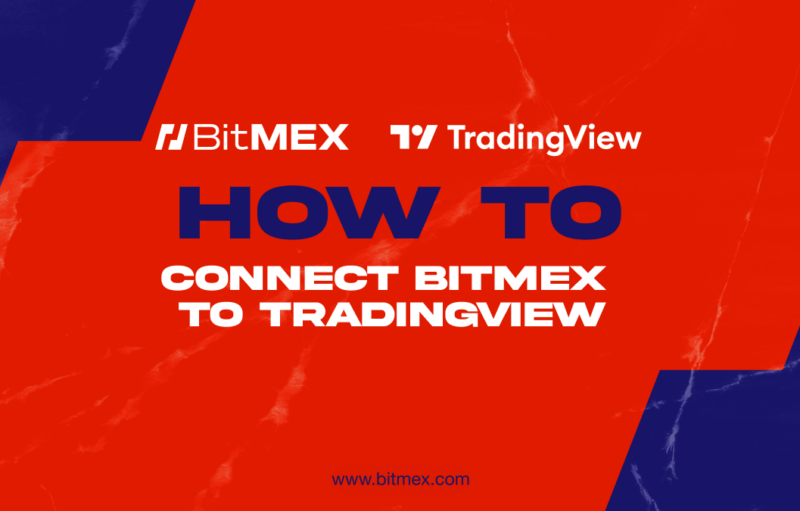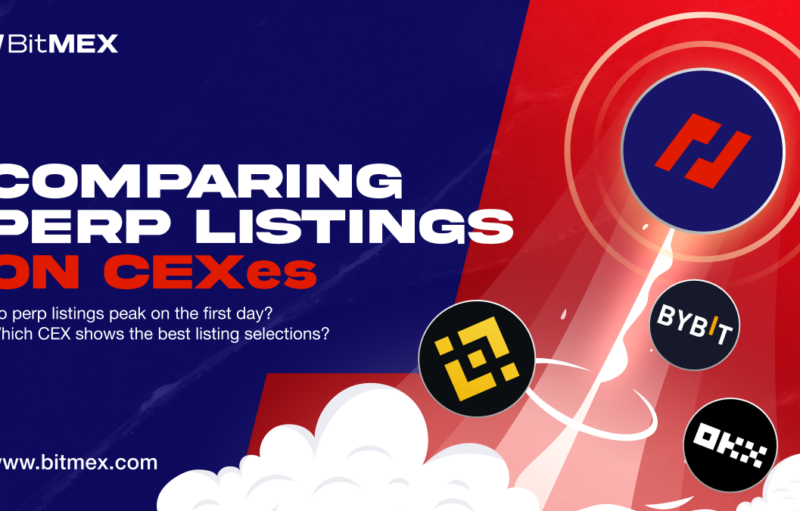 The above image has nothing to do with options. But it’s deep into ski season, and I’m loving the powder.
The above image has nothing to do with options. But it’s deep into ski season, and I’m loving the powder.
I already spent a few thousand words talking about the crypto derivatives market structure. Now, let’s talk about 2020.
Crypto Derivatives 2020 Roadmap
While speculators’ needs are well met via the crypto delta one products on the market, there remain those who want to earn a yield on their coin, those who need to pay bills in fiat without selling coin, and those who need to smooth out their future return profile.
Chasing Yield
Due to the relative low volatility and range bound price action, the new crypto and decentralised finance (DeFi) crowd now demand yield. Their “shitcoin” ain’t pumping, so they might as well lend it and earn something for their troubles.
Because there are not safe crypto bonds in which to invest, it is almost impossible to earn yield. While a traditional bond market for crypto does not exist, speculators are always looking to borrow money. They must borrow money to short sell crypto, and they must borrow money to trade with.
The challenge is to create crypto inventory in a price neutral fashion. I will focus on Bitcoin because it has the most developed and liquid derivatives markets.
The easiest way to create Bitcoin inventory is by buying Bitcoin and selling a future against it. Here are the steps:
- Sell 100,000 USD, buy 10 Bitcoin.
- Sell 100,000 contracts of the BitMEX March 2020 futures contract, XBTH20. Now you have completely removed any price risk. Assume you only use 50% leverage. That means you must deposit 5 Bitcoin on BitMEX.
- Lend out 5 Bitcoin OTC via a trusted counterparty, and in return receive USD as collateral. Currently most lending is over collateralised so you will receive over 100% of the value in USD or USD stablecoin.
If XBTH20 trades at a discount, you will price the loan at such a rate to cover your hedging costs. If XBTH20 trades at a premium, you will earn yield via the futures premium and the loan rate.
You must monitor your liquidation price. If the market rises, you can “create” more Bitcoin to post as margin by selling fiat, purchasing Bitcoin, and selling futures. In a bull market, the premium should expand, therefore, creation of Bitcoin earns positive carry.
As the loan balances for Bitcoin lenders increase, the loan rates will resemble the quarterly futures per annum percentage basis. This is a great strategy for someone who abhors Bitcoin price volatility. What about those already holding Bitcoin? What yield can they earn from their inert magic internet money?
One strategy which will become more prevalent in 2020 is Call Overwrite.
Assume the following:
You own some Bitcoin and would like to earn yield by selling upside out of the money call options. You currently hold 100 XBT.
- Spot = $5,000
- 1 month $6,000 strike call option = $500
- Trade: Sell 100 call options
Payoff:
Income today: $50,000 (this could be structured to receive Bitcoin as the premium)
Bitcoin Price Rises: If XBT settles above $6,000 in one month, you deliver 100 XBT, you receive $600,000.
Bitcoin Price Falls: If XBT settles below $6,000 in one month, you deliver nothing, you receive nothing.
This trade nets you a 10% yield in one month. You would like to hold onto your Bitcoin as the price goes higher; however, if it pops 20% in a month you are happy to surrender your Bitcoin. You are already holding Bitcoin therefore if the price tanks and you show a mark-to-market loss, you still get paid the premium. If the price rises you cash out at a good level, and you receive premium income.
Who would buy this? As I mentioned before, speculators would rather trade XBTUSD than paying 20% for an upside call option. However, if you are chasing yield, you will not be very price-sensitive. If the fair value is 12% per month, but you receive 10% will you really care? The alternative is to continue munching on your doughnut. In essence, a price-insensitive yield high-fructose corn syrup junkie will sell implied volatility too cheap.
The price-sensitive volatility trader is in the business of purchasing options where the implied volatility is less than future realised volatility. These vol traders make money by delta hedging throughout the life of the option. If this sounds like whale to you, it’s a sign you should not be purchasing these options. This is a win-win structure for both buyer and seller.
These trades will be negotiated OTC. Custodians of Bitcoin will sell calls in size to large market makers. These custodians will then offer a monthly yield to customers who allow them to encumber their Bitcoin. Finally, there is a real revenue stream open to crypto custodians.
Miners Getting Smart
Hobbiest Bitcoin mining died when ASICs were introduced in 2013. The ever-increasing CAPEX requirements dictated that miners must operate at large scale to remain profitable. At a certain size, a miner can roughly predict how many coins they will mine over a short time period.
Unless the miner has a solid balance sheet filled with fiat ready to pay operating costs, they continuously battle to obtain fiat without selling Bitcoin. The market for Bitcoin collateralised fiat loans was born out of this need. There is no derivative component to this trade. However, miners could earn income to pay OPEX by writing calls against future Bitcoin to be mined.
Assumptions:
You are a miner that must pay electricity and other operating costs at the end of each month. You are fairly confident that you can produce 100 Bitcoin over the next month. You enter into the below trade to earn fiat income to pay your month-end bills.
- Spot = $5,000
- 1 month $6,000 strike call option = $500
- Trade: Sell 100 call options
Payoff:
Income today: $50,000, part or all of which is used to pay OPEX.
Bitcoin Price Rises: If XBT settles above $6,000 in one month, you deliver 100 XBT, you receive $600,000.
Bitcoin Price Falls: If XBT settles below $6,000 in one month, you deliver nothing, you receive nothing.
Similar to the Bitcoin holder, the miner is relatively price / implied volatility insensitive. The miner’s main concern is meeting his monthly fiat bills. If the premium offered meets these goals, the miner is happy. One hiccup is how to margin this trade. Miners will only receive the total 100 Bitcoin at month end. However, the trader needs to begin to delta hedge this option immediately. This requires a belief that the miner will absolutely deliver the full amount of Bitcoin in one month if call settles in the money.
If trust can be built between mining farms with a long operating history and large trading houses, liquidity could enter this market rather quickly.
Floating Rate Bitcoin Note
Another interesting cohort of mining wannabes are fiat holders who want to earn a yield. One month spans roughly two difficulty adjustment periods. With proper confidence on one-month future price and hashrate, you could roughly predict how much money a $1 million investment in the most efficient miners would yield each month. You could offer a floating rate note where the rate fixes monthly. The product could be called the Floating Rate Bitcoin Note (FRBN). The yield for each period would be set based on the hashrate and price at the beginning of the month.
If Bitcoin rips a hole in space time on the upside, USD mining returns will be much higher. If the price takes a digger, the promoter might be producing coins below cost. The 30 day hashrate volatility is much lower than Bitcoin. Therefore, the risk which must be hedged is that of price. To hedge his downside, the promoter needs to purchase a put option where the strike price is near to his cost of production.
Cost = Electricity Costs + Datacenter Rent + Mining Rig Depreciation
In order to finance the purchase of the put option, the promoter can sell an upside out of the money call option. The collar structure is zero cost. If such an option structure were available, the promoter could confidently set the monthly floating rate.
Assumptions:
You are the promoter selling a Floating Rate Bitcoin Note. For the next period, the FRBN pays 3%. You sell $1 million worth of FRBNs. To hedge your price risk, you enter into the below zero-cost collar structure.
- Cost = $3,500
- Hashrate is constant over next two difficulty adjustments.
- 1 month projected Bitcoin earnings = 100
- Spot = $5,000
- 1 month $6,000 strike call option = $500
- 1 month $4,000 strike put option = $500
Payoff:
Cost today: +$50,000 from selling calls, -$50,000 from buying puts = zero
Bitcoin Price Rises: If the price above $60,000 in one month, you deliver 100 XBT, you receive $600,000. The put option expires worthless.
- Mining Profit: $600,000 – $350,000 (marginal cost of producing 100 XBT) = $250,000
- Yield: $250,000 / $1,000,000 = 25%
- Promoter Profit: 25% – 3% (FRBN guaranteed yield) = 22% * $1,000,000 = $220,000
Bitcoin Price Falls: If the price is below $4,000 in one month, you deliver 100 XBT, you receive $400,000. The call option expires worthless.
- Mining Profit: $400,000 – $350,000 = $50,000
- Yield: $50,000 / $1,000,000 = 5%
- Promoter Profit: 5% – 3% = 2% * 1,000,000 = $2,000
The other side of this trade is a large trading desk. You as the promoter must buy a $4,000 strike put option to ensure you are profitable on the downside. You are less concerned with the strike price of the call option as long as the call income covers put cost. The trading desk will play with the strike price of the call option to ensure that they can profitably hedge the delta of the zero-cost collar options structure.
OTC is King
OTC spot trading firms cleaned up in 2017. Today only those with the mightiest balance sheets remain. Spreads narrowed due to competition, and volumes plunged. Spot trading is almost always perfectly competitive after enough time elapses.
I shed no tears for gullible investors who ploughed money into OTC shops at a revenue multiple greater than 1x. The only IP present was a telegram chat room.
There is definitely a demand for these types of yield and cash flow structured option trades. These trades cannot be executed on-screen given the current liquidity and margining requirements of crypto options trading platforms. OTC shops that actually employ intelligent traders have an opportunity in 2020 to grow their profit margins. Those that can price and trade an options structure, then hedge its greeks profitably without having to farm out the vanilla components to the wider market will be met with YUGE demand.
As the OTC market grows, volumes in short-dated vanilla calls and puts will grow. This is how the screen will gain liquidity.
2020 Gonna be Interesting
War, elections, and viruses have already made their way into the 2020 consciousness. Your health and the political system you “enjoy” maybe completely upended by the end of the year. What do you buy when you’re fearful and what do you sell? Those traders who anticipate what the herd believes is safe and toxic will profit bigly this year.
After almost ten years of volatility suppression supported by central bank money printing, life appears to be rearing its unpredictable noggin. Bitcoin needs to prove it is worth its salt as a true safe haven asset is macroeconomic volatility. Crypto traders will rejoice as the low volume phase wanes. Those who demand income from their silicon enabled monetary instrument will be able to sell volume and clip a coupon. It’s like being on Oprah, errbody gets something from heightened Bitcoin volatility.
Congratulations if you actually read the entire series. I’ll check-in before the summer holidays with an assessment on how the derivatives markets tackled Winter and Spring 2020.
Related
The post appeared first on Blog BitMex






